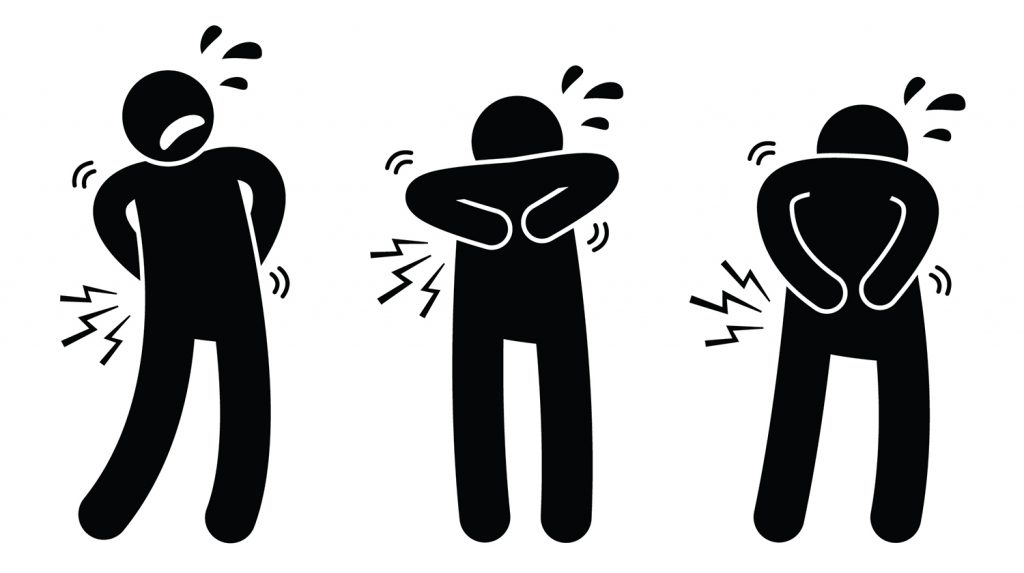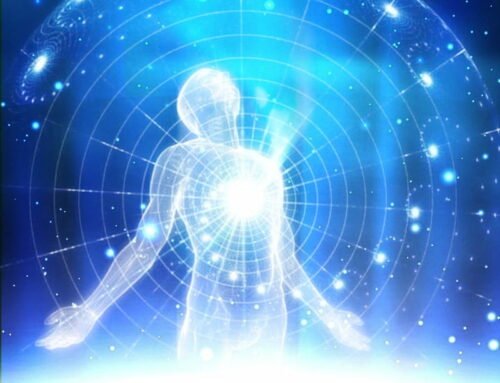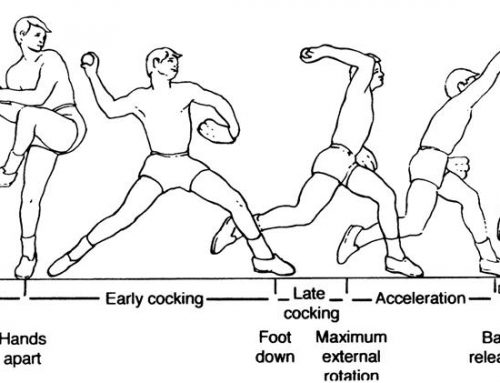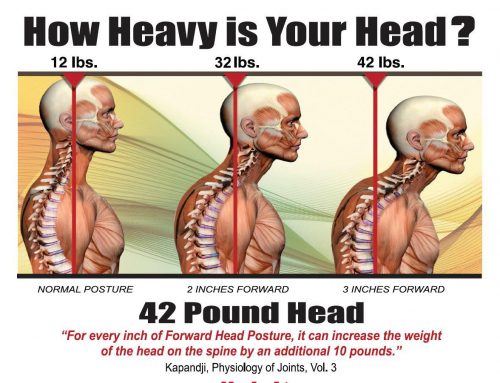Pain can be difficult—difficult to get through, difficult to describe, difficult to quantify, difficult to treat and difficult to get others to understand. The perception of pain is subjective—one person’s agony of pain may be shrugged off by another as an inconvenience. Healthcare providers often ask people to rate their pain on a scale of 1-10, but whose to say what one person’s pain 10 is, when compared with another’s.
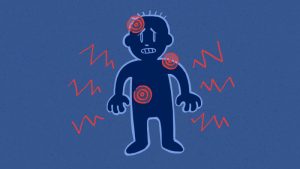
There are five doctors that govern are well being Dr.Happy, Dr.Diet, Dr.Quiet, Dr.Movement and Dr.Pain. When the pain doctor comes its a wake up call to change something or ignore and carry on and then the problem becomes ten fold worse. Pain is a stress on the body, remember the body cannot tell the difference between a divorce and a high impact exercise, it’s still stress and pain and will cause catabolic breakdown.
What exactly is pain? Pain is a feeling or sense of discomfort. It is experienced because a stimulus is irritating or damaging specific sensory nerves. Different forms of pain (eg. fast, sharp, slow, achy, hot, pulsing) are carried on different types of nerves and by different neurotransmitters.
Pilates & Yoga for Lower back pain
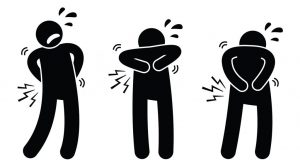
Many doctors, surgeons, GP’s, chiropractors and other therapists are now sending their clients to Pilates and Yoga. This is brilliant and alot of back pain patients are seeing amazing results just from the beautiful work of yoga and pilates. However this will not work for everyone, especially if there is any inflammation going on in the gut, colon, and digestive system. If you are suffering form IBS, crohns, womens trouble and kidney or urinary tract problem this will have whats called a viscera somatic reflex on the body and will probably show as some sort of pain on the pie or surrounding tissues.
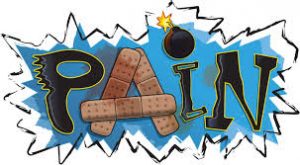
Types of Pain
While there are several different classification systems for pain, usually, pain is broadly defined as being either nociceptive or neuropathic. Nociceptive pain is caused by damage to tissues while neuropathic pain is caused by damage to nerves. Pain can also be placed in one of four types:
Superficial pain arises from the skin or mucous membranes such as those lining the nose, mouth and genitals.
Deep or Somatic pain arises from deep structures such as muscles, joints and tendons.
Visceral pain arises from deep organs and the tissues surrounding those deep organs.
Psychogenic pain arises from emotional rather than physical causes. It is important to emphasize that while there may be no injuries seen, psychogenic pain is real, and not imagined.
Mental pain arises from our monkey mind, swinging from branch to branch and over using the left side of the brain. Going over and over the same situation again and focusing on the negatives instead of the positives. Famous Psychiatrist Gerry Welsh talks about having a dream and goal and we don’t we always have a crisis.
Emotional Pain arises on personal reaction and way of dealing with things . We can only be hurt if we let someone else hurt us. It’s the way we react to situation or how much emotional pain we go through and also our present frame of mind. Deepak Chopra and Carl Jung tell us about our reactions and how to deal better at times of crisis.

There are also several varieties of pain:
Acute pain happens suddenly and is usually described as sharp and stabbing. People can usually point to a discrete area that hurts or has been injured.
Chronic pain tends to be slower in onset and is commonly described as dull and achy with people pointing to a wider area that hurts. Chronic pain may also infer it’s been there for a long time.
Referred pain is produced in one area of the body but felt in another. Deep and visceral pain can be referred, but not superficial pain. Referred pain can be a medical clue, giving a physician important diagnostic information, but can also be hard to pinpoint where it was produced.
Neuropathic pain is associated with nerve damage as opposed to a specific stimulus such as an injury, chemical or heat damage. Neuropathic pain can be caused by a tumor physically pushing onto a nerve, a virus, chronic diseases such as diabetes or from drugs such as those used to treat cancer.
Phantom pain is the pain that follows the removal of a body part, such as a limb, breast, eye, finger etc. The brain and the nervous system don’t seem to recognize that the body part is gone they transmit pain signals… as if that body part was still intact.
Inflammatory pain is due to pressure on nerves from the swelling inherent in the inflammatory process as well as the presence of chemicals that directly stimulate nerves.
Lifestyle Approaches to Pain
The good news is that there are several important lifestyle approaches to pain that can be used to significantly reduce pain levels. Watch the Totem pole video below which shows the hierachy of survival.

